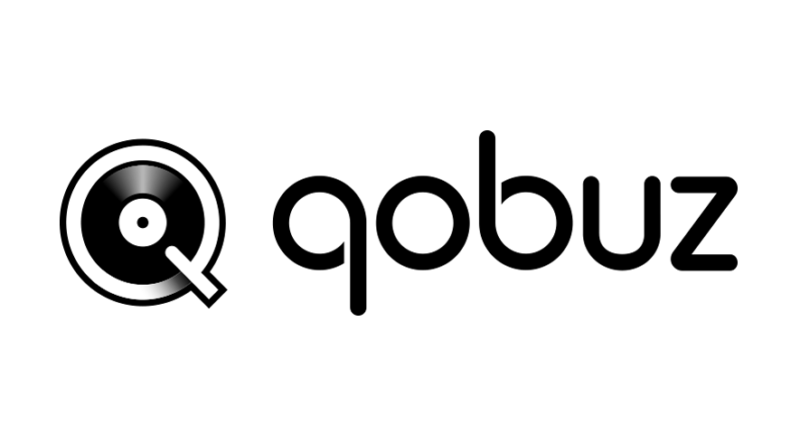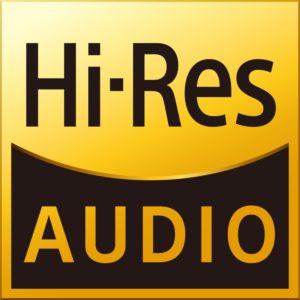I recently caught up with my old pal Dave Solomon to talk about the Hi-Res streaming service Qobuz, what it offers that other streaming services don’t, and fun podcast guests such as Johan Coorg from KEF! Part 1

Maureen Jenson: Tell our readers about the history of Qobuz?
Dave Solomon: While mp3 streaming has proven to be popular and necessary due to low internet bandwidth, Qobuz was founded in 2007 as the first Hi-Res music service with the notion that many music lovers wanted the very best musical experience possible. Even though internet speeds were not up to the task, it was easy to see that soon, they would be adequate. It took real foresight to work on a technology that couldn’t be supported at the time. In 2007, the average internet speed was under 3Mbps. Today, the average is over 20Mbps, which is more than adequate for Hi-Res audio streaming.
Currently, Qobuz is available in 12 countries, but will be expanding into many more this year. In Europe and the United States, Qobuz currently offers an exceptional range of full and Hi-Res music that not long ago would have cost a fortune. To add to the experience, exclusive editorial content written by a team of experts is woven throughout Qobuz.
As far as U.S. history, Valentine’s Day, 2021 marks our second anniversary in the market.
In 2020, Qobuz totally dropped the mp3 format. The catalog is only focused on CD quality to 24/192 Hi-Res.
Pricing: In November 2019, Qobuz lowered the price of admission from $24.99/mo to as low as $12.49/mo. With such aggressive pricing, this marked the time when the base of Qobuz started to expand to non-audiophiles. This was good for Qobuz, high-end audio manufacturers and dealers.
MJ: Tell us about what makes Qobuz unique?
DS: On first look, Qobuz is one of three Hi-Res streaming services, however, if you look just under the surface, Qobuz offers a lot the others don’t.
To Qobuz, the number one goal is uncompromised sound quality. Qobuz streams Hi-Res audio in the FLAC format. No special streamer or DAC is needed to unfold full, Hi-Res, bit-perfect music. We don’t use unnecessary, confusing technology to stream Hi-Res audio. We are strictly a FLAC format, so any DAC that resolves 24/192 (which is most every DAC on the market) works great with Qobuz.
We never alter any file by up-converting or adding processing or anything. We deliver exactly what the labels deliver. Our goal is to get the highest resolution offered. In fact, we just received many new 24/192 catalogs that were never previously available, like the Neil Young collection, which isn’t available on Tidal. These albums sound amazing in Hi-Res.
Streaming should be easy to use and understand. Qobuz offers just that. Hit play and you get the best sounding files. That’s it…
Along with files up to 24/192 resolution, editorial is important to Qobuz, because information is important to many music lovers. We feature Panoramas, articles and as much metadata on artists as possible.
We believe strongly in artist support, however, everyone knows that streaming albums pays very little. To help balance the field, we also have a download store where anyone can purchase Hi-Res recordings. This pays the artist as a sale at a standard rate. This is great for the artists and Qobuz prices are typically 20 percent below average prices for anyone and about 50 percent less if you’re a Studio Sublime member.
The download store is also good for the music collector. No subscription is required to buy downloads. This is a great way to support your favorite artists and own your favorite recordings outright in whatever digital format you select. There are frequent sales, so go to Qobuz.com and click Download Store to check it out for yourself.
Qobuz is one of two streaming services that Roon supports. When Qobuz is played back via Roon, you get full resolution without the need for a specialty DAC.
MJ: What about industry support?
DS: Qobuz has an undying commitment to the audio industry and does a lot to help promote shows, dealers, manufacturers and the audio press. We feel if the audio industry is doing well, so will Qobuz. We have a section in Qobuz called Hi-Fi Partners. There you’ll find hundreds of playlists hand-selected by our partner stores, manufacturers and press. Many use it to help their customers or readers set up gear and others to offer up acid tests or just music they feel will show off the potential of their gear.
We sponsor and attend local, regional, national and international audio shows. For audio dealers, we have started the Qobuz Society that helps market individual store locations where Qobuz can be heard on the best gear. Audio dealers have map locations on Qobuz.com so it’s easy for their customers to search and find their individual playlists.
To be fair, we should talk about what we do not have. If these features are important and you can’t live without them, we can only recommend other services where there’s more emphasis on features than sound quality. We do not have voice control, radio or a connect feature. Some will come in the future, but not in the near future.
MJ: You host podcasts, I recently saw one with Johan Coorg and the guys from KEF. It was excellent, really well produced. How can our readers find out more about upcoming podcasts?
DS: This has been one of the positives that have come out of the pandemic and for me, they are so much fun. Qobuz Live is on every Thursday at 4:00 PM ET. It’s been an honor to have some of the brightest minds in audio and recording engineering.
KEF was a lot of fun and Johan is always great entertainment. Others that stand out are Andy Kerr from Bowers and Wilkins, Mark Casavant and Matt Sommers from Klipsch, Gilad Tiefenbrun from Linn, Gary Yacoubian from SVS, John DeVore from DeVore Audio and John Quick and Andy Harg from dCS to name a few.
Andrew Jones from ELAC and formerly KEF, Pioneer and TAD was our last interview. Andrew is a rock star and an industry icon because of his many accomplishments.
We also do spotlights on artists and recently had the great Archie Shepp being interviewed by jazz historian, Ashley Kahn. These guys were laughing and talking about Archie’s experiences and books on John Coltrane written by Ashley. All of our videos can be accessed on our Qobuz YouTube channel and we do our best to make them interesting.
There is a lot of confusion about Hi-Res in general. So we brought Grammy nominated and winning recording engineers on our livestream to help educate our listeners on the recording process and why Hi-Res is so important to the recording process. They helped to dispel confusion and myths about Hi-Res common in the audio world. Both were adamant about recording and playing back in Hi-Res if you really want to hear every detail recorded.
Bill Schnee, who recorded Steely Dan Aja, Miles Davis, Tutu and about 495 more awesome sounding records had lots to share. Bill has 50 Grammy nominations for good reason.
Bill told our guests that the first time he recorded in 24/192, the glass was finally removed between the musicians and the mixing console. He said he could finally record exactly what he was hearing.
The second would be Cookie Marenco, Owner and Chief Recording Engineer at Blue Coast Records. Cookie makes some of my favorite recordings with Blue Coast, but she has recorded so many more from her past experiences with Windham Hill, Verve, Warner Brothers, Sony and others. Cookie currently works with the Grammy organization and many major labels to help educate professionals and consumers about Hi-Res audio.
In these recording engineer-driven livestreams, we wanted to establish that recording in Hi-Res at the studio level can always return a better sounding album. The digital chain has improved immensely in the past decade and continues to get even better. Recordings unquestionably sound much better now than ever. This is easily proven by recordings that have been released over the past five years. Never in history have recordings been so good. Never in history could you record a Grammy winning album recorded in a bedroom with $3,000 worth of gear, like the Billie Eilish, and sound so perfect. “When we fall asleep, where do we go?” is an unbelievable recording regardless of the recording venue.
Both were fascinating and had a wealth of information.
Recently we’ve had Mike Fass from Roon on to talk about the new 1.8 release. This was a huge update and many of the Qobuz family use and love Roon. We had Enno on a month or so ago to give a primer for what was to come. This will be a great show.
Stay tuned next week as I talk to Dave more about the hi-resolution streaming service Qobuz, it’s ever growing title list and how you can sign up for a free 30-day account!



